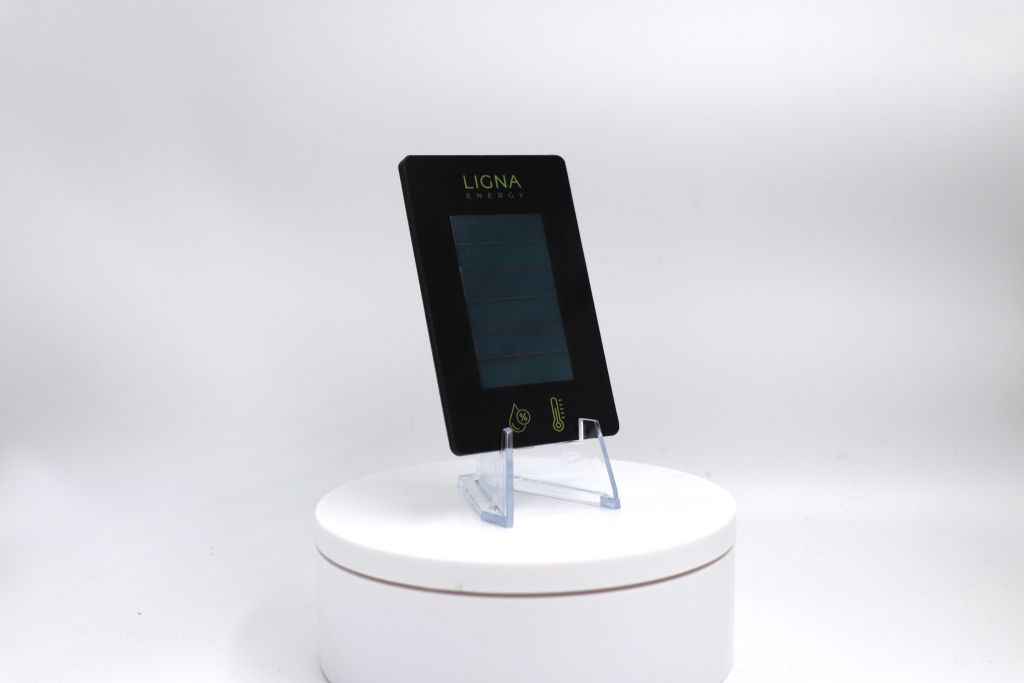
We’ve all seen them—those clunky, outdated indoor air quality sensors sitting on a shelf or mounted on a wall, their designs dictated by the bulk of a big battery. It makes you wonder: why are these essential devices stuck in the past? What if we could rethink their design completely, radically downsizing them to be smarter, sleeker, and more sustainable?
Imagine removing the battery altogether. With advances in energy-harvesting technology, that bulky look of the past can now be replaced with solutions like Epishines indoor solar cells, PMIC’s from e-peas, and our thin supercapacitors. This means not just a smaller size, but also a device that’s cheaper to manufacture, easier to integrate into everyday environments, and kinder to the planet.
Studies have shown that miniaturization in electronics leads to significant improvements in performance and energy efficiency. For instance, the downsizing of electronic devices has been pivotal in enhancing computer performance and reducing energy consumption over the past decades (IEEE Xplore). Furthermore, reducing the size and weight of devices can lead to substantial savings in transportation costs and associated carbon emissions. Smaller, lighter products require less energy to transport, contributing to a decrease in the overall environmental impact.
But the benefits don’t stop there. Compact sensors open up new possibilities for integration and innovation. They can seamlessly disappear into furniture, appliances, or smart home systems, offering powerful functionality without disrupting your living space. Smaller devices also tend to perform better, with shorter signal paths that improve response times and reliability. And let’s not forget—they just look better.
As we rethink the way we design these everyday devices, we’re not just improving how they work—we’re reimagining their role in our homes and lives. Downsizing isn’t just about modernizing their design but also brings tangible benefits in terms of energy efficiency, performance, and environmental sustainability.


